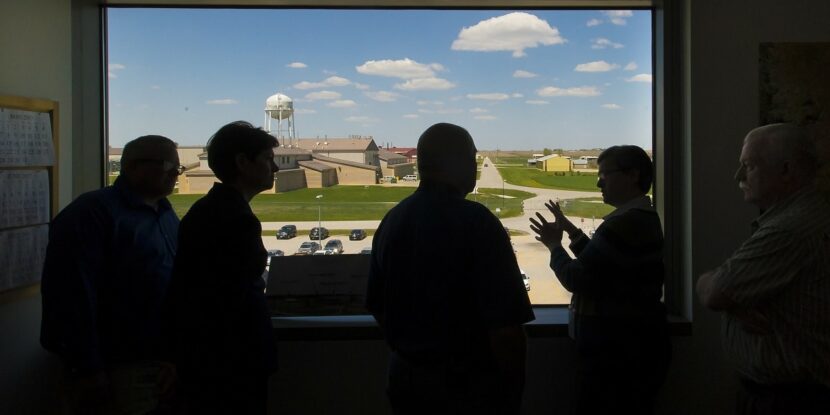This article is part of series focusing on Lens of Liberty, a project of the Vernon K. Krieble Foundation.
During a recent Liberty Minute, “Poor Farmers No More,” Helen Krieble spoke about a government program which mainly supports the wealthy at the expense of the American taxpayer — agricultural subsidies:
I knew a very wealthy man who bought a potato farm in Idaho. He had no interest in potatoes or farming, but that farm came with a highly profitable government subsidy for not growing potatoes.
Farm subsidies today cost taxpayers thirty billion dollars a year, mostly for corporate growers of wheat and corn. Almost all of the money goes to corporations and wealthy people who own most of America’s modern farms. One study found that fifty billionaires had received farm subsidies.
This is welfare for people who clearly don’t need it. If we look through the lens of liberty, we might ask what business the government has shelling out our money to support special groups in any industry. Remember, equal treatment under the law is America’s first principle.
Krieble is not the only one speaking out against this “welfare for the rich.” Last October, the Cato Institute’s Chris Edwards, compiled a report on how nonsensical the US agricultural subsidy program is.
The program Krieble was specifically referring to — which pays landowners not to plant crops — is the Conservation Reserve Program. It costs taxpayers $1.7 billion annually.
Farm subsidies have often been justified with two false claims:
- Agriculture is risky, so farmers need subsidies to keep them afloat.
- Subsidies are necessary to help out the poor, small farmers which Americans rely on for their food.
In response to the first claim, Edwards wrote, “Agriculture is no riskier than many other industries, yet the government has created a uniquely large welfare system for farmers.”
The second claim also makes no sense since the average farmer’s income is far above the average US income. In 2014, for example, the average income of farming households was 77 percent higher than the average income of all US households. Also, 85 percent of farm subsidies are given to the largest 15 percent of farm businesses. As Krieble points out, the Environmental Working Group found that between 1995 and 2014, fifty of the Forbes 400 list of the wealthiest Americans were given at least $6.3 million in agriculture subsidies.
Edwards says that this “welfare for the rich” only continues because the farm lobbying in Washington is so powerful:
Agricultural subsidies have never made economic sense, but farmer interests have held sway in Congress. While farmers represent just a small share of the population today, the farm lobby is as strong as ever. One reason is that farm-state legislators have co-opted the support of urban legislators, who seek subsidies in farm bills for programs such as food stamps. Some environmentalists are co-opted to support farm bills because of the inclusion of conservation subsidies. As a result, Congress routinely votes to expand the USDA’s budget.
Krieble is right. The government should not be taking our money and using it to pay wealthy landowners to do nothing. This cannot be justified any longer and should not be tolerated — by the government or taxpayers.


